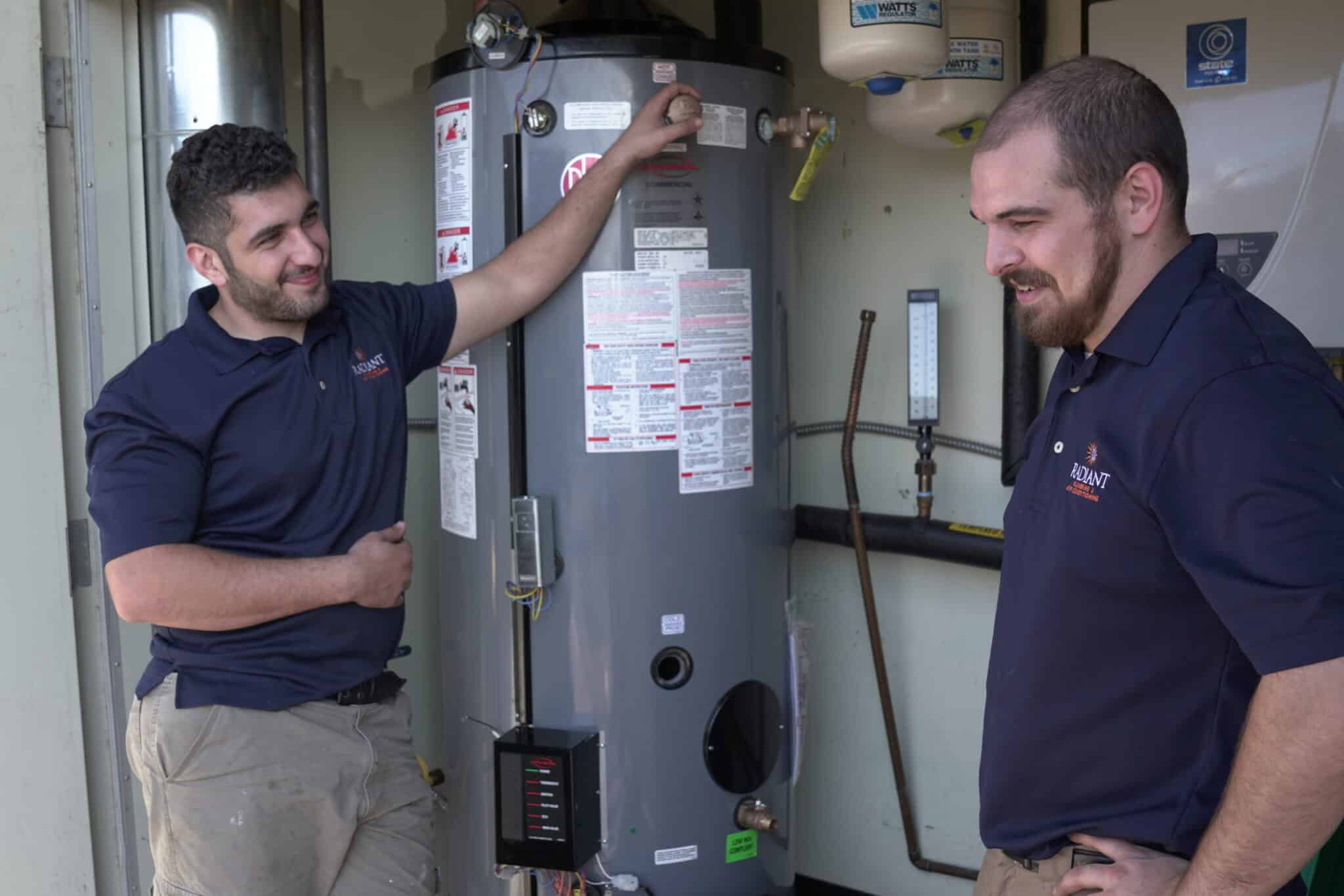Are you in search of related information around Tips on Maintaining a Water Heater?

Warm water is essential for daily convenience, whether it's for a revitalizing shower or cleaning recipes. To guarantee your warm water system runs successfully and lasts much longer, regular upkeep is crucial. This short article offers practical ideas and insights on how to maintain your home's warm water system to stay clear of interruptions and costly fixings.
Intro
Preserving your home's warm water system could seem challenging, yet with a couple of simple actions, you can guarantee it runs smoothly for years ahead. This overview covers whatever from understanding your hot water system to DIY upkeep suggestions and knowing when to hire expert help.
Significance of Preserving Your Hot Water System
Routine upkeep not only prolongs the life-span of your warm water system yet also ensures it runs successfully. Neglecting maintenance can cause lowered efficiency, higher energy expenses, and also early failure of the system.
Signs Your Hot Water System Needs Upkeep
Recognizing when your hot water system needs focus can stop major concerns. Keep an eye out for indicators such as irregular water temperature, strange sounds from the heating system, or corroded water.
Recognizing Your Warm Water System
Before diving into maintenance tasks, it's useful to understand the fundamental elements of your warm water system. Generally, this includes the water heater itself, pipes, anode rods, and temperature controls.
Regular Monthly Upkeep Tasks
Normal monthly checks can assist catch minor concerns before they intensify.
Purging the Water Heater
Purging your water heater gets rid of sediment build-up, enhancing performance and extending its life.
Checking and Changing Anode Rods
Anode rods stop corrosion inside the storage tank. Evaluating and replacing them when broken is important.
Inspecting and Changing Temperature Settings
Readjusting the temperature settings makes certain ideal performance and safety and security.
Do It Yourself Tips for Maintenance
You can execute a number of maintenance jobs yourself to maintain your warm water system in top problem.
Checking for Leakages
On a regular basis examine pipes and links for leaks, as these can bring about water damage and greater expenses.
Checking Pressure Relief Valves
Examining the stress relief valve ensures it operates properly and avoids excessive stress accumulation.
Insulating Pipelines
Shielding warm water pipes lowers warm loss and can conserve power.
When to Call a Specialist
While DIY maintenance is beneficial, some concerns need expert competence.
Complex Issues Calling For Specialist Assistance
Examples include significant leakages, electrical troubles, or if your hot water heater is constantly underperforming.
Routine Professional Upkeep Perks
Expert maintenance can consist of extensive examinations, tune-ups, and guaranteeing conformity with security criteria.
Final thought
Routine maintenance of your home's warm water system is essential for effectiveness, longevity, and expense savings. By complying with these ideas and knowing when to look for professional assistance, you can ensure a trustworthy supply of warm water without unexpected interruptions.
Water Heater Maintenance Tips
Test the TPR Valve
Shut off the power and the cold-water supply valve. Place a bucket under the pipe connected to the temperature-pressure-release (TPR) valve on the top or side of the tank. (This valve opens if the tank pressure gets too high.) Lift the valve’s tab to let some water out, then let go. If water keeps flowing, drain the tank partway, unscrew the old valve with a pipe wrench, and install a new one. Check the Anode Rod
Put a hose to the tank’s drain cock and let out a few gallons of water. Now fit a 1 1/16-inch socket onto the rod’s hex head on top of the heater (or under its top plate) and unscrew the rod. If it’s less than ½ inch thick or coated with calcium, buy a new one, wrap its threads with Teflon tape, put it back in the tank, and tighten securely. Use this segmented rod if headroom above the tank is limited. Drain the Tank and Wash Out Sediment
Drain the remaining water in the tank into the bucket, then stir up the sediment on the tank’s bottom by briefly opening the cold-water supply valve. Drain and repeat until clean water comes out of the hose. Close the drain cock, refill the tank, and turn its power back on. Adjust the Temperature
Find the temperature dial on the side of the tank and unscrew its cover. Adjust the dial to 120 degrees using a flathead screwdriver. For every 10 degrees the temperature is lowered, you can expect to save up to 5 percent in energy costs. Turn the water heater off or the thermostat down to its lowest setting if you plan to be away from home for more than three days. Insulate the Pipes
Buy some self-sticking 3/8-inch-thick foam pipe insulation that matches the pipes’ diameter. Slide the foam over the hot-and cold-water pipes as far as you can reach. Insulating the cold-water pipe prevents condensation in summer. Peel the tape and squeeze the insulation closed. If the pipe is 6 inches or less from the flue, cover it with 1-inch-thick unfaced fiberglass pipe wrap. https://www.thisoldhouse.com/plumbing/21016402/how-to-maintain-a-water-heater
:max_bytes(150000):strip_icc()/reasons-gas-water-heater-not-working-5212987-hero-fe6b82a59053421c88b7d13ea311d3c5.jpg)
We had been shown that report on Water Heater Maintenance Tips You Can't Afford to Forget through an associate on another web property. Enjoyed our review? Please quickly share it. Let other people check it out. We love reading our article about How to Maintain a Hot Water Heater in a Few Simple Steps.
Schedule Here